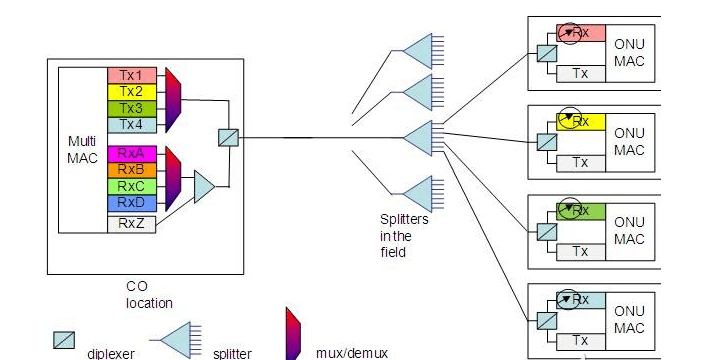
Email:marketing@richerlink.com
Tel:+86-755-86610859
Add:1001, Floor 10, Building 3, Chongwen Park, Nanshan Zhiyuan,Liuxian Avenue, Taoyuan Street, Nanshan District, Shenzhen,China
The wave of global broadband speeding has arrived. 4K/8K ultra-high definition video, virtual reality, smart home and Internet of Things applications will become part of people’s daily life and work. More and more countries have or plan to increase broadband access rates. . At present, more than 50 operators around the world are providing Gigabit broadband services. In South Korea, the United States and Hong Kong, operators have already launched 2G or 10G services for enterprises and home users. In China, the State Council in 2013 The national broadband strategy has been released – it is planned to increase the access rate of home users in developed cities to 1 Gb/s by 2020; in the EU and the US, governments are also accelerating the increase of national basic bandwidth or giving greater support to broadband development.
At this stage, GPON and EPON are being deployed in large-scale batches, and XG-PON1 and 10G-EPON have also begun small-scale commercial use. The main camps of PON system international standards include FSAN-led ITU-T series GPON standards and IEEE-led 802.3 series EPON standards. Among them, the ITU-T GPON standard series has been developed from GPON and XG-PON1 to NG-PON2. The current NG-PON2 standard system has clearly adopted the TWDM-PON system architecture, with a single-wave rate of 10G, and a total system capacity of 40G or 80G by using 4 or 8 waves.
The ITU-T camp, which is faster than the standard advancement, has slightly lagging behind the IEEE802.3 series of standards. The EPON and 10G-EPON standards were released in 2004 and 2009, and the NG-EPON standard corresponding to the NG-PON2 communication capacity is still In the early stages. In July 2015, NG-EPON CFI (call for interest) was officially adopted, and a research group was established. The NG-EPON standard target was released at the end of September 2015. At present, the NG-EPON target has defined several schemes, including single wave 25G uplink and downlink and N×25G uplink and downlink. The main modulation format technologies include NRZ, Duo-Binary and PAM4.
At present, although many candidate technologies are still being studied and compared, the single wave rate exceeding 10G has basically reached agreement, and the target evolution direction is mainly the single-wave rate of 25G. In the whole PON system, single-wave 25G PON can be used as the mainstream technology for home user access; for government and enterprise users, because of the greater bandwidth demand, it can realize 2× by wavelength superposition on the basis of single wave 25G. Higher bandwidth of 25G or 4 x 25G.

With the advancement of optical network technology and the continuous development of high-speed optoelectronic chips, it is believed that the single wave rate will continue to improve, and the single wave high-speed PON system will usher in a better tomorrow.
Copyright © Richerlink Technology Co.,Ltd. 2009-2023. Copyright All Rights Reserved